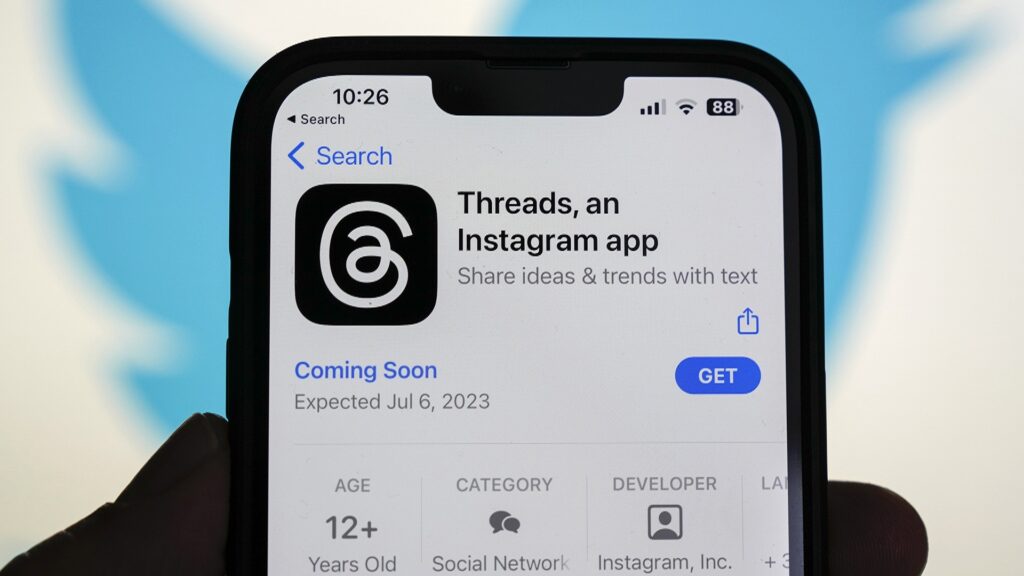The world of e-commerce has undergone a remarkable transformation over the past decade, driven by advances in technology, shifting consumer behaviors, and the growing demand for convenience. As online shopping becomes an increasingly dominant force in the global retail landscape, the question arises: What’s next for e-commerce? The future of online retail promises to be even more dynamic, immersive, and consumer-centric, with new innovations on the horizon. Here, we explore the emerging trends, technologies, and strategies that are set to shape the future of e-commerce.
Personalization Powered by AI and Machine Learning
One of the most significant trends driving the future of e-commerce is personalization. Consumers are increasingly expecting personalized experiences that cater to their individual preferences, needs, and behaviors. Artificial intelligence (AI) and machine learning (ML) are playing a pivotal role in making this a reality.
In the coming years, online retailers will continue to refine their ability to deliver hyper-personalized recommendations, dynamic pricing, and tailored product offerings. AI-powered systems will analyze vast amounts of data—from browsing history to social media activity—and use this data to predict and serve what customers want before they even know they want it.
Moreover, AI and ML will help improve customer service with chatbots that provide immediate, intelligent responses to queries, and augmented reality (AR) tools that allow consumers to try before they buy, whether that’s virtually trying on clothes, testing out makeup, or visualizing how furniture will look in their home.
Voice Commerce and Conversational Shopping
With the rise of virtual assistants like Amazon’s Alexa, Google Assistant, and Apple’s Siri, voice commerce—buying products using voice commands—is set to grow substantially. A study by OC&C Strategy Consultants projected that voice shopping could reach $40 billion by 2022, and the trend is only gaining momentum.
Voice commerce is convenient and hands-free, making it a natural fit for consumers looking for a quick shopping experience. Imagine reordering your favorite groceries, booking a flight, or even buying a gift, all through a simple voice command. For businesses, optimizing for voice search and voice-enabled shopping will become a key aspect of e-commerce strategy in the coming years.
Additionally, conversational shopping experiences are becoming more common, where chatbots or live agents engage in two-way conversations with customers to guide them through product selection, answer questions, and facilitate purchases. These tools are becoming increasingly sophisticated, offering a seamless blend of human-like interaction and AI efficiency.
Augmented Reality (AR) and Virtual Reality (VR) Shopping Experiences
The future of e-commerce is not just about browsing products on a screen—it’s about creating immersive, interactive shopping experiences that bridge the gap between the online and offline worlds. Augmented reality (AR) and virtual reality (VR) are set to revolutionize how consumers shop online.
For example, AR allows consumers to visualize products in their own environment before making a purchase. Furniture retailers like IKEA have already rolled out AR apps that let customers see how a sofa or lamp would look in their living room. Similarly, makeup brands are using AR to allow users to try on cosmetics virtually, providing an experience akin to being in-store without leaving their home.
Meanwhile, VR offers the potential for completely immersive virtual stores, where consumers can shop in lifelike environments, explore different brands, and interact with products in 3D. These technologies will become more accessible as AR glasses and VR headsets evolve and as retailers continue to refine their digital experiences.
Sustainability and Ethical Shopping
As environmental and social issues take center stage globally, sustainability will play an increasingly crucial role in shaping the future of e-commerce. Consumers are becoming more aware of the environmental and ethical implications of their purchases, and they are demanding more transparency from retailers.
Brands that emphasize eco-friendly products, sustainable sourcing, and fair labor practices will resonate with consumers who prioritize ethical considerations in their shopping habits. In the future, online retailers will likely focus on providing detailed product information about how items are made, sourced, and shipped.
Additionally, circular economy models—where products are designed for reuse, repair, or recycling—will become more common in e-commerce. Second-hand goods, rental services, and upcycling platforms are already gaining traction, and as the market matures, these models will become even more integrated into online retail ecosystems.
Social Commerce and Influencer Marketing
Social media platforms are increasingly becoming retail destinations in their own right. Social commerce—the ability to buy products directly through social media platforms like Instagram, TikTok, and Facebook—is expected to continue growing as a key channel for online sales.
In 2024 and beyond, we can expect social commerce to become even more seamless, with embedded shopping features across platforms, live-streamed shopping events, and influencers driving product discovery in new and creative ways. Brands will partner with influencers to create shoppable content that blends entertainment and purchasing in an organic way, tapping into the growing trend of live commerce, where real-time interactions lead directly to purchases.
Furthermore, social commerce will integrate with advanced data analytics, enabling retailers to serve highly targeted ads based on social behavior, browsing patterns, and even real-time feedback.
The Rise of Subscription-Based Models
Subscription services have grown in popularity, and they are expected to play a larger role in the future of e-commerce. Whether it’s meal kits, clothing rentals, beauty boxes, or digital content, subscription-based models provide convenience, cost savings, and a sense of community for consumers.
The subscription economy is poised to continue its upward trajectory, with businesses offering personalized subscription options tailored to consumer preferences. As subscription services become more varied and specialized, customers can expect a wider range of curated experiences, from niche products to exclusive members-only offerings.
Frictionless Payments and Digital Wallets
The future of e-commerce will also see significant innovation in payment systems, with frictionless and seamless checkout processes being a top priority. As mobile payments and digital wallets (like Apple Pay, Google Pay, and PayPal) continue to grow, consumers will expect even faster and easier ways to pay.
Additionally, the rise of cryptocurrency and blockchain technology could reshape online retail transactions. Cryptocurrency payments, such as Bitcoin or Ethereum, may become more mainstream, offering benefits like lower transaction fees and faster cross-border payments. Blockchain could also help improve transparency and security in supply chains, making it easier to trace product origins and ensuring a more trustworthy shopping experience.
Robotics and Automation
Behind the scenes, robotics and automation will increasingly drive efficiency in e-commerce fulfillment. Warehouse robots, autonomous delivery vehicles, and drones are already being tested by major retailers like Amazon, Walmart, and Alibaba to streamline order fulfillment, speed up delivery times, and reduce operational costs.
In the future, automated systems will manage everything from inventory tracking and order picking to packing and shipping. These advancements will not only make e-commerce more efficient but also help address growing consumer demand for faster deliveries, such as same-day or even one-hour shipping.
In conclusion, the future of e-commerce is shaping up to be dynamic, innovative, and increasingly focused on delivering personalized, convenient, and immersive experiences for consumers. As technology continues to evolve, retailers will need to stay agile and embrace new tools, trends, and business models to meet changing consumer expectations.
By leveraging AI, AR/VR, voice commerce, sustainability efforts, and more, the next generation of e-commerce promises to blur the lines between the digital and physical worlds, creating a seamless shopping experience that is tailored to each individual’s needs. In this rapidly evolving landscape, those who can adapt to these new trends and offer meaningful, innovative solutions will be poised for success in the next chapter of online retail.


